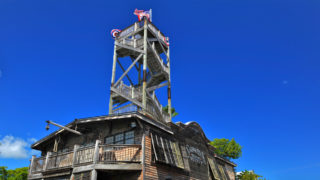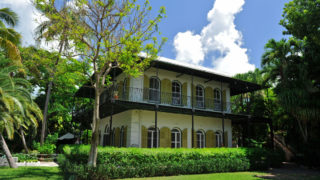Bahama Village
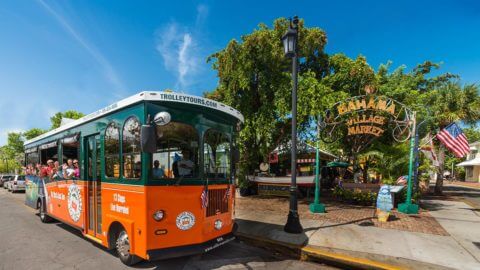
Get MORE out of your summer in Key West aboard the iconic Old Town Trolley and see the best first!
Get a taste for the Caribbean heritage that is so much a part of Key West. In Bahama Village, which is a 12-block area between Whitehead and Fort and Angela and Catherine Streets, you’ll be able to see the original area in which the first black Bahamian settlers arrived in the 19th century. Sample true Bahamian culinary recipes in a variety of restaurants, stop in for a refreshment in one of the bars and shop in the Bahama Market. All the flavors, culture and traditions that this historic neighborhood represents come alive through the many streets.
After the British took control of Key West in 1763, many Spaniards living in the territory resettled in Cuba, which left the island virtually uninhabited. When Spain resumed control of the island 20 years later, no official resettlement occurred. The island’s population began to grow after Florida’s annexation by the United States in 1821. Known as Conchs, a large number of Key West’s early colonial immigrants came from the nearby Bahamas in increasing numbers after 1830. Many of these settlers were the sons and daughters of Loyalists who had fled the American colonies during the fight for national independence. Over the years, Bahamians of African descent also migrated to the Florida Keys in search of a better life. Major industries on the island included salt production, wreck salvage operations and fishing. Many of these immigrants settled in the Old Town area called Bahama Village.

Must See Places
The neighborhood’s restaurant scene includes eateries like Santiago’s Bodega and Blue Heaven, a popular breakfast spot. The cobblestone streets, junkanoo music, exotic aromas and visually stunning stalls of the Bahama Village Market make you feel as if you have been transported to a Caribbean island. Situated behind a colorful sign at the intersection of Whitehead and Petronia streets, the shops and kiosks of the flea market offer an assortment of local handicrafts and souvenirs. The community’s architecture features homes of various shapes and sizes that are often adorned in pastel shades of red, yellow, blue, purple and turquoise. The yards and fences feature nautical accessories, decorative lawn art and whimsical paintings. There are also fine examples of traditional white-painted Conch houses.
Know Before You Go
Drawing crowds throughout the year, Bahama Village is situated near the midpoint on the island’s west side in close proximity to the Truman Annex. The unique cuisine found in the neighborhood reflects numerous tropical influences. Spiced with jerk and curry seasonings, local dishes feature pineapple, plantains and coconuts as well as pork and fresh seafood. The wildly popular junkanoo music provides the soundtrack for dances and parades during the two-day Goombay Festival. The event kicks off the annual Key West Fantasy Fest. The carefree island-style street party features traditional arts and crafts, food, music and dances. The neighborhood is home to the city’s community swimming pool as well as a playground with swings, slides and ball courts. There are also shaded picnic areas.
Nearby Attractions
 Truman Little White House
Truman Little White House
Located in the Old Town section of Key West, the Truman Little White House was a southern vacation retreat for several U.S. presidents, including Harry S. Truman. Once the commanding officer’s quarters for the Key West Naval Base, the residence was built in 1890. The museum is furnished to reflect the times that Truman spent in Key West. The late 19th-century residence is furnished with Truman memorabilia, including his famous “The Buck Stops Here” sign on the desk.
 Ernest Hemingway House and Garden
Ernest Hemingway House and Garden
The Ernest Hemingway House and Garden preserve the residence and grounds where the famed author lived in the 1930s. Visitors can see the office where he penned several of his most famous works, including “The Snows of Kilimanjaro” and “Green Hills of Africa.” It was one of the first homes on the island to have indoor plumbing and a private swimming pool. You can also tour the lush garden.
 Key West Lighthouse
Key West Lighthouse
Visit the Key West Lighthouse and Keepers’ Quarters Museum to see how the men and women who staffed this important navigation beacon lived. Climb the 88 steps to the lamp house for a breathtaking bird’s-eye-view of the surrounding land and seascape.
Key West Ghost Tour
Many find Key West strange during the day; but after the sun goes down, the restless souls of the island’s frightful past begin to stir. You will hear their tales that have been all but forgotten as you travel the narrow, dark streets of Old Town – filled with 19th century wooden houses that hold on to the secrets of their former inhabitants. Stories so tragic, so chilling, you’ll see why Key West is one of the top ten most haunted cities in America. This and more await you on your Key West ghost tour.

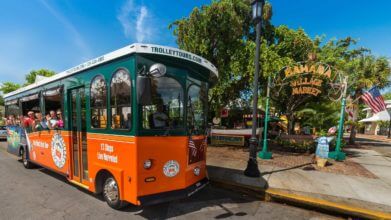
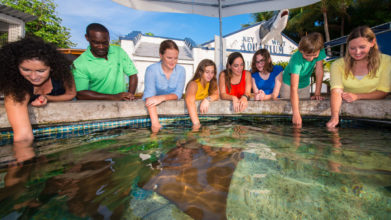


 Truman Little White House
Truman Little White House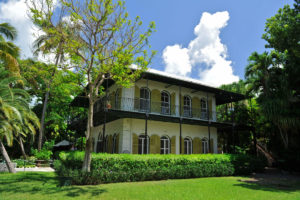 Ernest Hemingway House and Garden
Ernest Hemingway House and Garden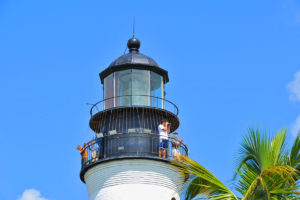 Key West Lighthouse
Key West Lighthouse
